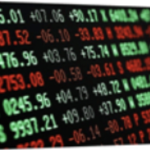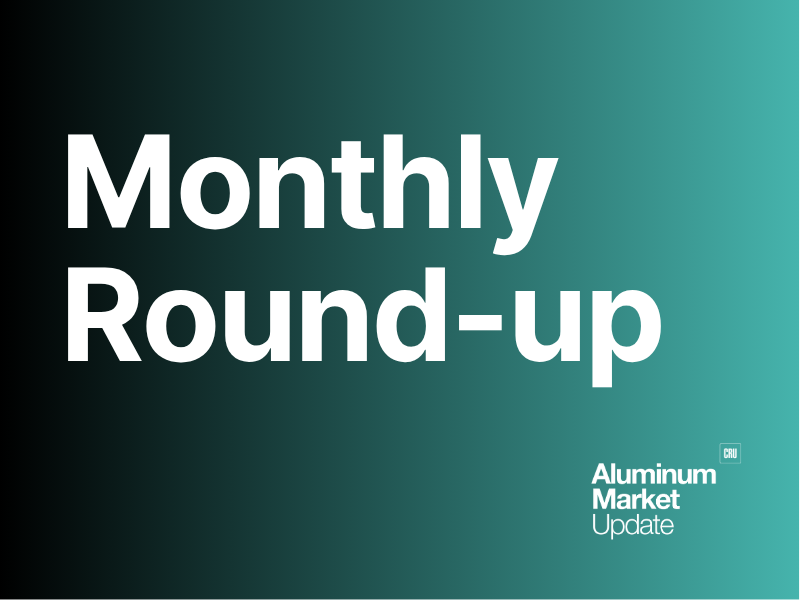Global Trade

June 12, 2025
Squeezed in the middle: What downstream buyers need to watch now
Written by Gabriella Vagnini
The downstream market is feeling the squeeze. From can makers to auto OEMs, everyone is staring down a new cost curve. In some cases, the Midwest premium alone accounts for a third to half of the total delivered price. Trying to pass that through is no easy task. End users in construction, packaging, and consumer goods are already pushing back. Some are delaying orders. Others are testing substitutes. Quotes are sitting in limbo. The pricing environment isn’t just about inflation anymore. It’s about uncertainty.
Start hedging your premium exposure?
Since the Section 232 tariff hike, we’ve seen more interest in CME’s Midwest premium futures contract, and not just from the usual trader crowd. More fabricators are watching it now. That shift says a lot. When the premium can jump 5¢ to 10¢ in a few days and you’ve locking in pricing weeks ahead, that risk starts to matter. If you’re buying real volume and not at least thinking about a way to manage that exposure, you’re running leaner than most. Hedging isn’t a silver bullet, but it’s on the table for a reason.
Price models are starting to crack
A lot of downstream players are still quoting off old templates that assume stable premiums. That used to work when things moved a penny or two a month. Now we’re seeing 20¢ swings in a single quarter. That kind of volatility doesn’t line up with fixed pricing models. Some contracts are going underwater before the metal even ships. You can see it in how service centers are pulling quotes faster or reopening pricing discussions mid-cycle. The old playbook is wearing thin.
Sourcing strategies are getting stress-tested
Procurement setups that looked solid six months ago aren’t holding up the same way. Buyers who were leaning heavily on imported primary are feeling the most pain, especially as tariffs stack up. Some are now taking a closer look at domestic billet, tolling, or remelt operations with better access to clean recycled material. And this isn’t just about price anymore. Availability, lead times, and tariff exposure are starting to reshape where people get their metal from, and how they think about risk.
Margins are under more pressure than usual
Most downstream buyers already track margin exposure. That’s not new. But with premiums moving this fast, the spread between what you lock in with your customers and what you pay upstream is getting harder to manage. Even a slight mismatch in timing or a missed quote can flip the economics of the deal. Buyers are tightening quote windows, adjusting validity, and getting far more detailed in how they handle premium volatility in final pricing. It’s not about rebuilding your whole model. It’s about knowing where the cracks are before they start costing you.
What to keep a close eye on:
- Policy signals – A headline out of Washington or Beijing can still swing your delivered cost by double digits. Section 232 wasn’t the last move.
- Premium behavior – CME forward curves are jittery. Spot deals are all over the place. Transaction pricing is flashing signs of stress.
- LME cash and spreads – LME still matters. The Midwest premium is stacked on top of it, and a surprise move in spreads can quietly hit your all-in cost.
- Shifts in spec – The new ReMA Vesper spec developed by Ford and Novelis is a signal. If Auto Body Sheet can pivot away from primary, other may follow.
- Scrap and billet access – Clean feedstock is flowing for now, but if imports slow again or policy shifts hit, tightness could return quickly.
- Delayed orders – Not always demand-driven. Sometimes people are just waiting for the numbers to settle.
- Margin squeeze – Customers want stability. Suppliers want to reprice. That pressure gets passed down the middle.
Bottom line
This is the new aluminum market: policy-led, premium-driven, and full of uncertainty. If you’re not actively watching the signals, tracking spreads, and keeping a tight grip on risk, you’re likely reacting to moves after they’ve already happened. And that’s not a position most can afford to be in anymore.






